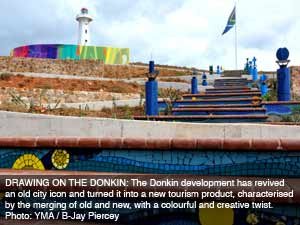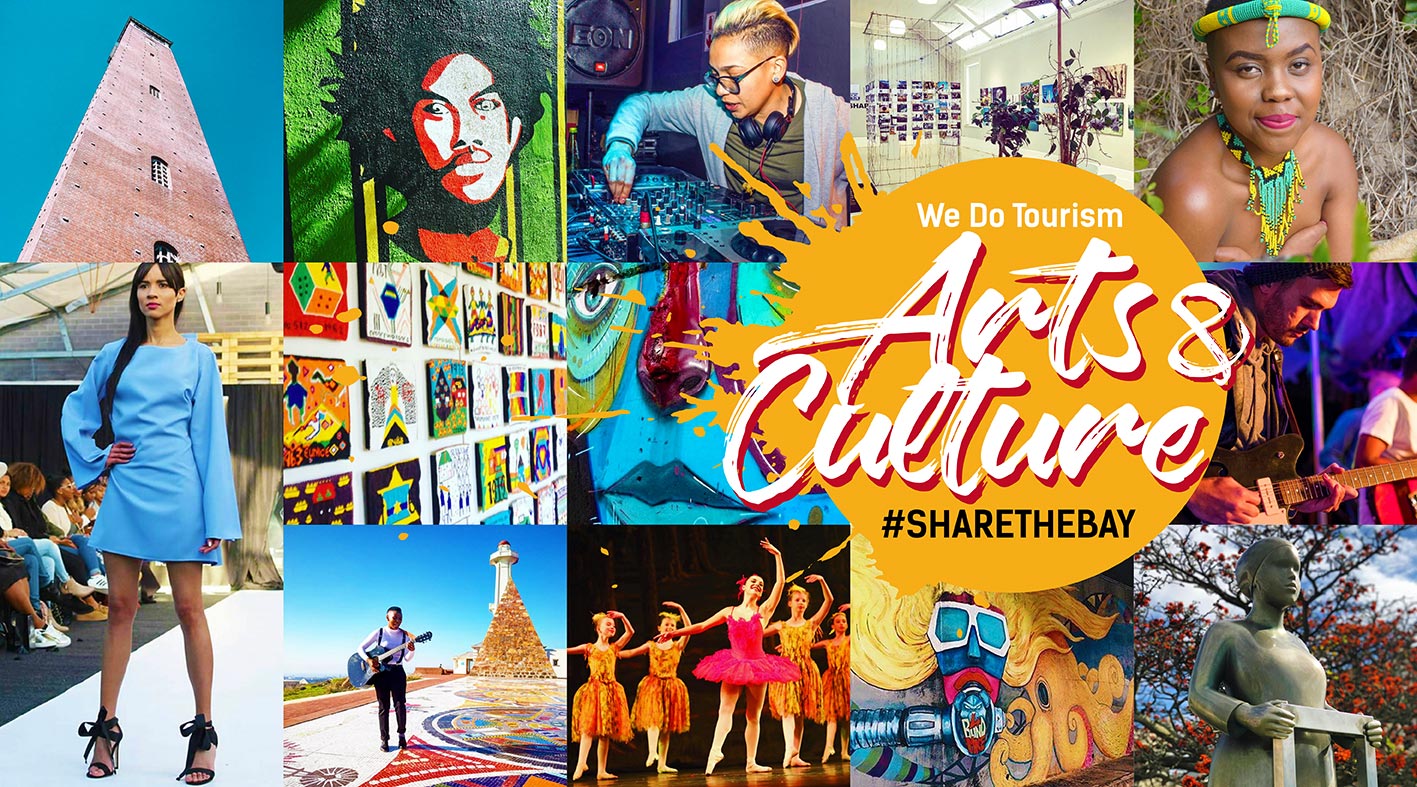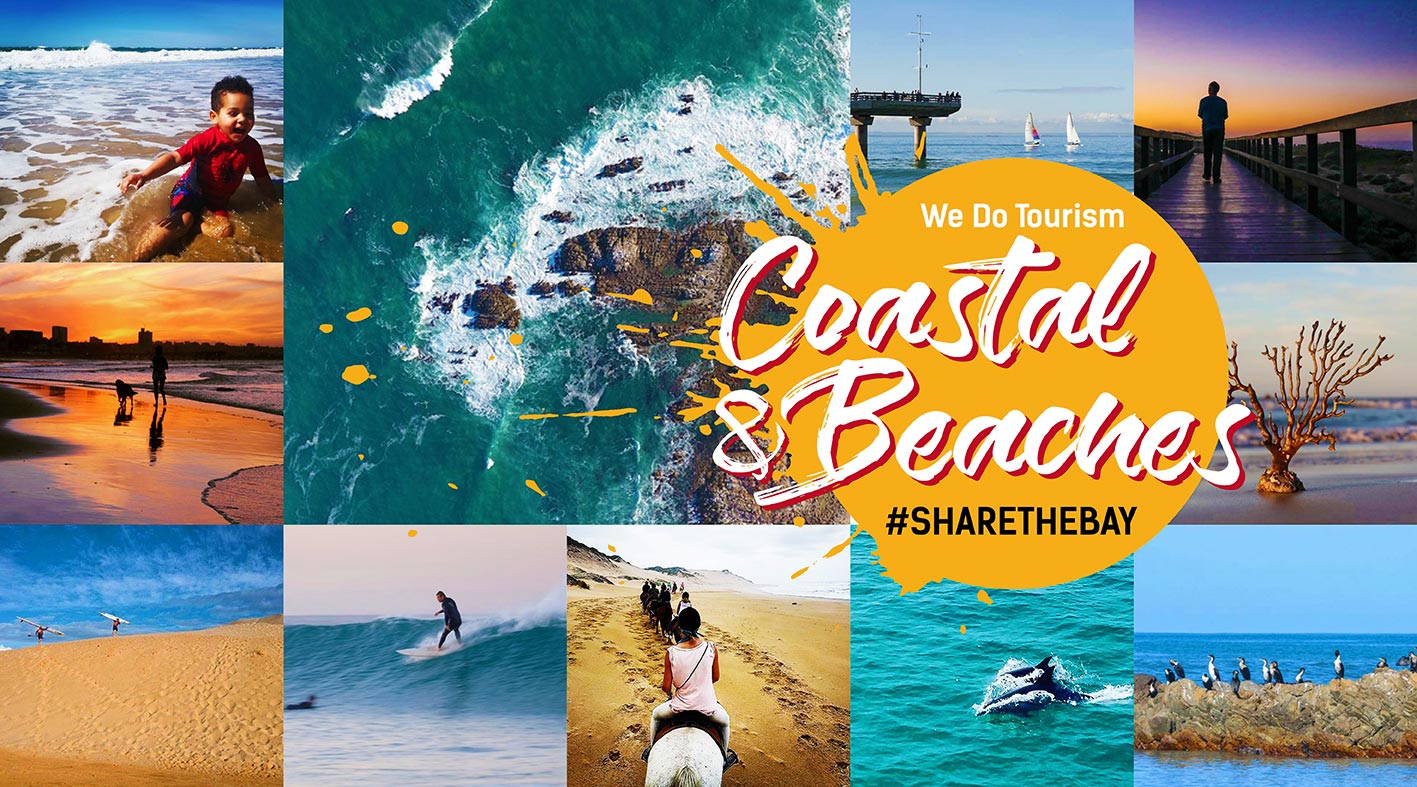Dynamic Donkin gives heritage current edge
09 March 2012

As a result of recent developments by the Mandela Bay Development Agency (MBDA) this once historical site has been transformed into the site of new artistic and cultural heritage that magically incorporates the old and new in an unbroken line of love: that of Madiba and of Sir Rufane Donkin. This transformation has led city locals to vote it as one of the top ten best Nelson Mandela Bay icons.
“It was no surprise that the Donkin was one of the people’s top ten choices. It’s an incredible part of our city’s heritage. From as early as the 1800’s it’s been part of the Bay, and it still keeps evolving, making it one of the most dynamic icons in the city. The Donkin is something we can be proud to introduce to future generations and tourists,” said Titus Chuene, Nelson Mandela Bay Tourism (NMBT) marketing manager.
The earliest history of the Donkin starts off with Sir Rufane Donkin, who on his arrival in Port Elizabeth erected the pyramid shaped structure in memory of his late wife, Elizabeth Donkin – after doing the most romantic thing and naming the city after her.
The plaque on the pyramid reads: “To the memory of one of the most perfect of human beings who has given her name to the Town below.” So, despite popular belief, the then town of Port Elizabeth was named for love of woman not of empire after Queen Elizabeth II as some might think.
The lighthouse was added to the Donkin Reserve in 1861, and since then has become a beacon of light for the city – in more ways than one. Today it is the home to more than ten inspiring artworks from some of the city’s top creative leaders, part of the moving Route 67, which pays tribute to Nelson Mandela’s 67-years of commitment to politics and freedom.
“There are so many things that set the Donkin apart from other icons. The setting on Belmont terrace, over-looking the city and harbour is breath-taking. Then there is the new flagpole constructed a few years ago. It’s the highest flagpole and biggest flag in the country,” said Siphokazi Cingco, tourist information officer at NMBT’s Donkin Visitor Information Centre.
Cingco said the Donkin receives roughly about 200 visitors a week out of season. Visitors include tour busses with foreigners from all over the world, school excursions and local lovers of the Donkin: “I have noticed elderly people love coming here. They tell stories of how they used to play in the park 20, even 30 years ago and how it looked. Some of them used to live in South End all those years back, then the Donkin was not what it is today or as well looked after, but it was one of the few places they could play.
“School kids love playing on the grass, just as their grandparents love bringing them and sharing their stories about Donkin. They learn about our city’s history and our country’s history all at once, thanks to all the wonderful additional art. The Donkin now appeals to all age-groups; with graffiti and modern-art bringing it all together – old history and new,” Cingco added.
The Donkin Reserve has become a bastion of public artworks adding visual depth to the park vistas. The ‘voting line’, probably the best-known of these, is a life-size laser cut steel figure of Nelson Mandela and a line of voters queuing to vote in the first democratic elections. The artwork was done by the acclaimed Anthony Harris and Konrad Geel.
Other than the voting line, the Donkin Reserve Public Artwork is made up of six other elements.
- The Welcome Carpet welcomes visitors off the street and onto the Reserve. Made of quarts and beadwork, it represents the diverse cultures and experiences of the province. By Lisbet Demeyer
- The Fish-bird piece is a large metal structure created as possible shelter and shade on a hot day and looks like a fish or a bird depending on the angle you look at it. By Dolla Sapeta.
- Sculptural benches in nautical shapes coloured in graffiti called the Windward are representative of our harbour and youthful city. The title Windward makes reference to the bay being well-known as the ‘windy city’. By Anthony Coke and Black Concepts.
- Mosaic Moments surround the lighthouse and pyramid. These mosaic artworks celebrate the icons and symbols within and around Nelson Mandela Bay. Open to the public’s interpretation, it strings together personal ideas, references and stories of a great nation. By a series of different artists.
- River Memory reminds of the rivulet that once ran down past the Donkin Row houses. In a contemporary light it also accentuates the climate change and scarcity of water. By Duncan Stewart.
- The last of these artwork elements is Untitled. It is a female figure with fairly neutral clothes and facial features. The woman, pulling out a chair facing the view of the harbour, dignifies power and gentle persuasion. As a guest in her chair, you experience the beauty that is the Bay. By Anton Momberg.
Another development in this epicenter of heritage is the 67 steps leading up to the Donkin from the city centre below. The number of steps denotes Nelson Mandela’s 67 years in politics and public service. These steps are continuously gaining new meaning as art gets consistently added to them. When nearing the top of these 67 steps, one finds painted cross marks on the pathway, made by children from diverse backgrounds in commemoration of the first democratic elections.
Chuma Myoli, marketing manager of the Mandela Bay Development (MBDA), believes one of the qualities that makes the Donkin unique is that the only place that offers a panoramic view of Nelson Mandela Bay.
“Route 67 has enabled us to have a product that pays tribute to the international icon and soldier of human rights, former president Dr Nelson Mandela, as we are the only municipality in the world that is named after him,” said Myoli
It’s no wonder the Donkin Reserve has managed to regain and retain its iconic status. “With many wonderful icons to choose from, it’s not an easy feat picking only ten top icons. The people’s Donkin choice, however, was definitely warranted. The Donkin possesses a sense of patriotism and has a mesmerizing atmosphere, combining our city and country’s history in such a way that it is made more relevant to the youth and an accessible tourism offering,” said Chuene.





















 Please wait!
Please wait!